Mar 18, 2024 by Mark Dingley
Seafood and ready meal suppliers, get ready to transition to 2D barcodes.
From meat and fresh produce to food service, suppliers have been rolling out 2D barcodes for years, with Woolworths accelerating the push over the past five years. Woolworths is now scanning over nine million 2D codes at POS each week.
Since our last industry updates on 2D barcodes, it now appears that seafood and ready meals are next in line.
Let’s look at how seafood and ready meals suppliers can get ready for the 2D transition.
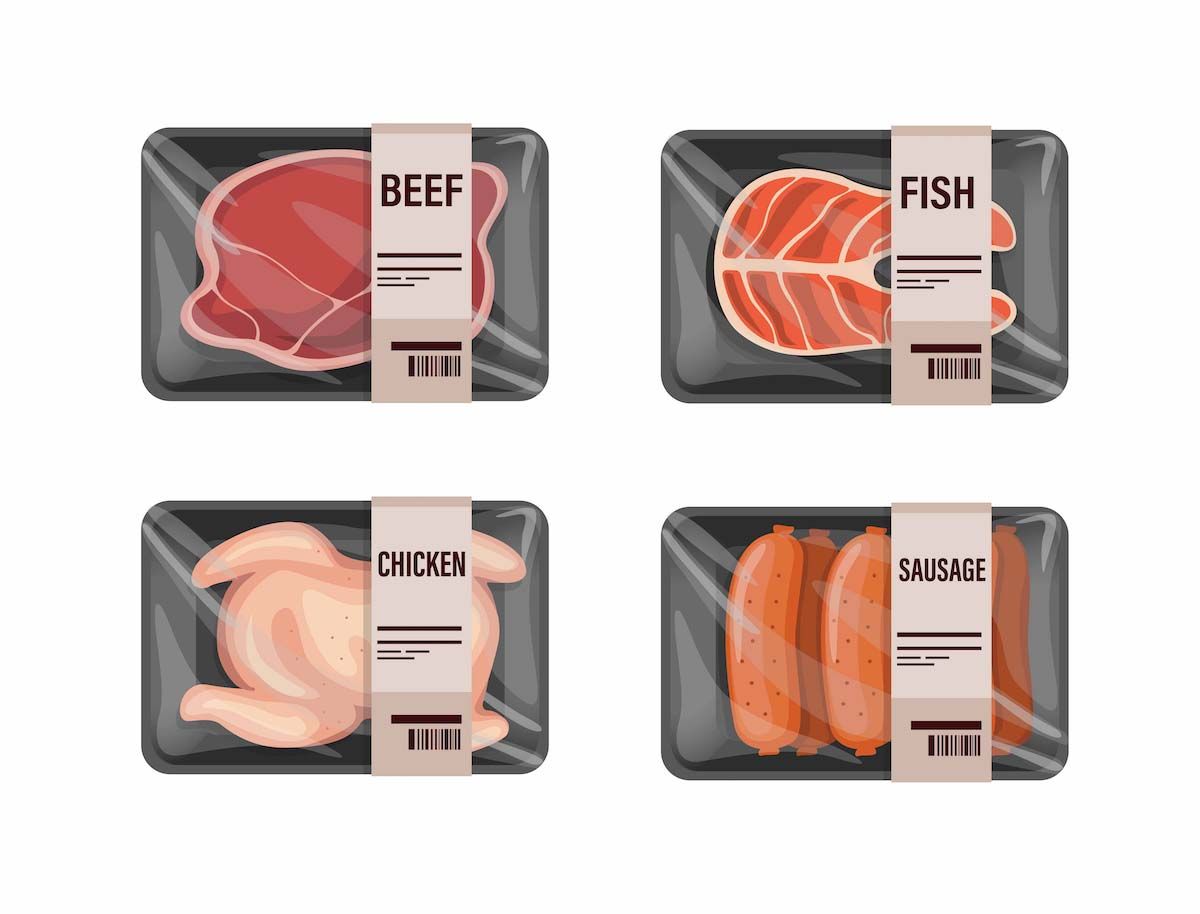
First, a quick introduction to 2D barcodes.
2D barcodes are barcodes that are embedded with data. They are a barcode that uses both vertical and horizontal directions.
The most common 2D code is the QR code, which are on everything from restaurant tables to help you order, ads, posters, and packaging to encourage you to find out more about a brand via their web page.
In retail we are seeing the EAN13 being replaced with a DataMatrix (which looks very similar to a QR code).
The biggest benefit to 2D barcodes is their power to encode data. While a 1D barcode will generally hold 8 – 30 numbers, a 2D code can hold 3000-plus numbers or characters in a smaller area of space.
2D barcodes can carry details like the EAN number, batch/ lot number, website links, expiry date, weight (for variable weight products), price, serial number, and more.
In the case of Woolworths, we’re talking about GS1 DataMatrix codes.
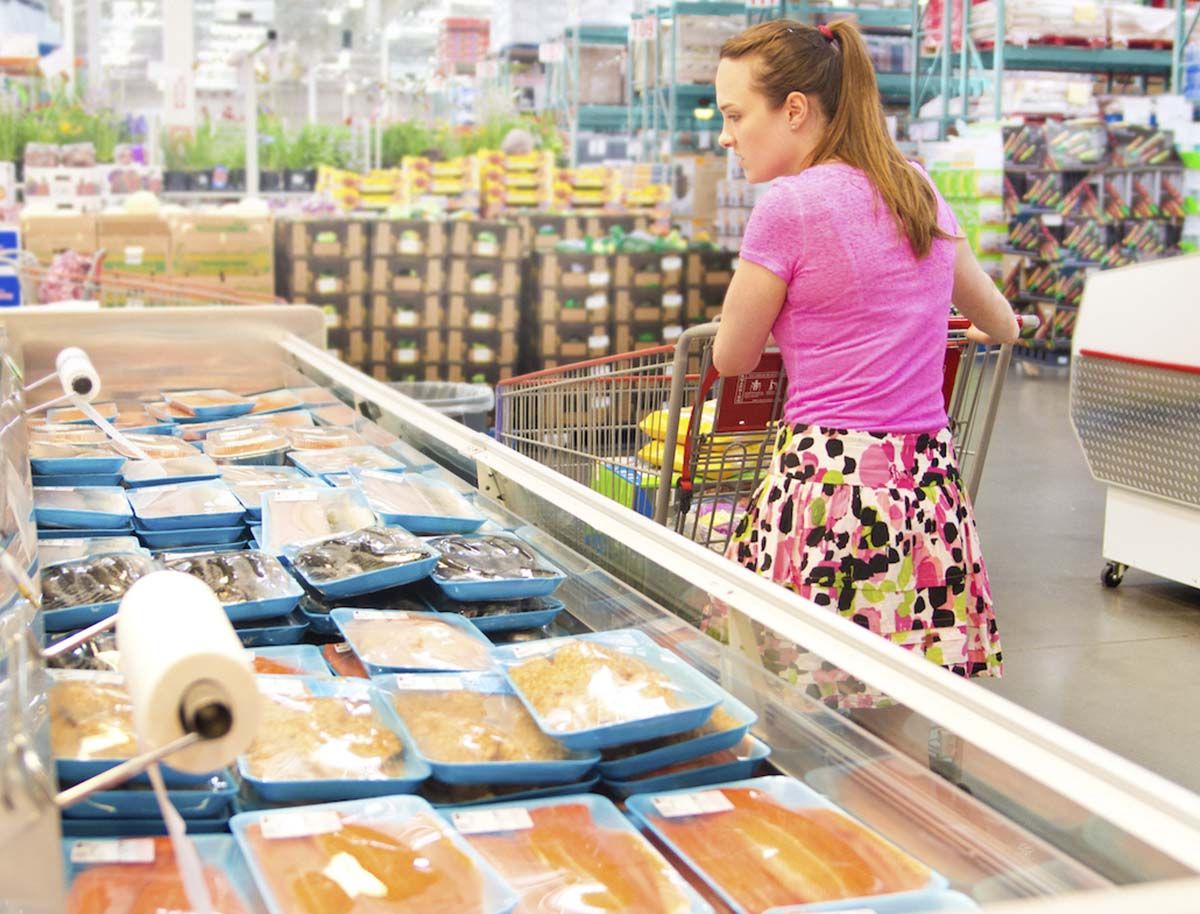
To understand the benefits of 2D barcodes for seafood, it’s worth looking at the meat industry.
Meat is where the 2D barcode journey began for Woolworths, with a 2D trial on fresh meat and poultry products starting in August 2019. By 2022, 2D barcodes were already on 50% of products in Woolworths meat range in over 1,000 stores. Now, it is anticipated that all meat suppliers to Woolworths will include the GS1 2D DataMatrix barcode on packs by mid-2024.
The biggest benefit for supermarkets and seafood suppliers using 2D barcodes is improving food safety by restricting the sale of out-of-date items and reducing food waste.
2D barcodes enable store teams to more quickly and easily identify if a seafood product is approaching its expiry date, meaning they can proactively mark down the price so that the product can be sold quickly rather than disposed of.
2D barcodes also enable more targeted and accurate product recalls for ready meals. The encoding of a product’s batch, lot and/or serial number into a 2D barcode means products can be identified anywhere in the supply chain, and only those products in the specific recalled batch need to be withdrawn from store shelves.
If the recalled product does reach the checkout – rare though that is – the barcode can alert the cashier and the customer that the item mustn’t be sold.
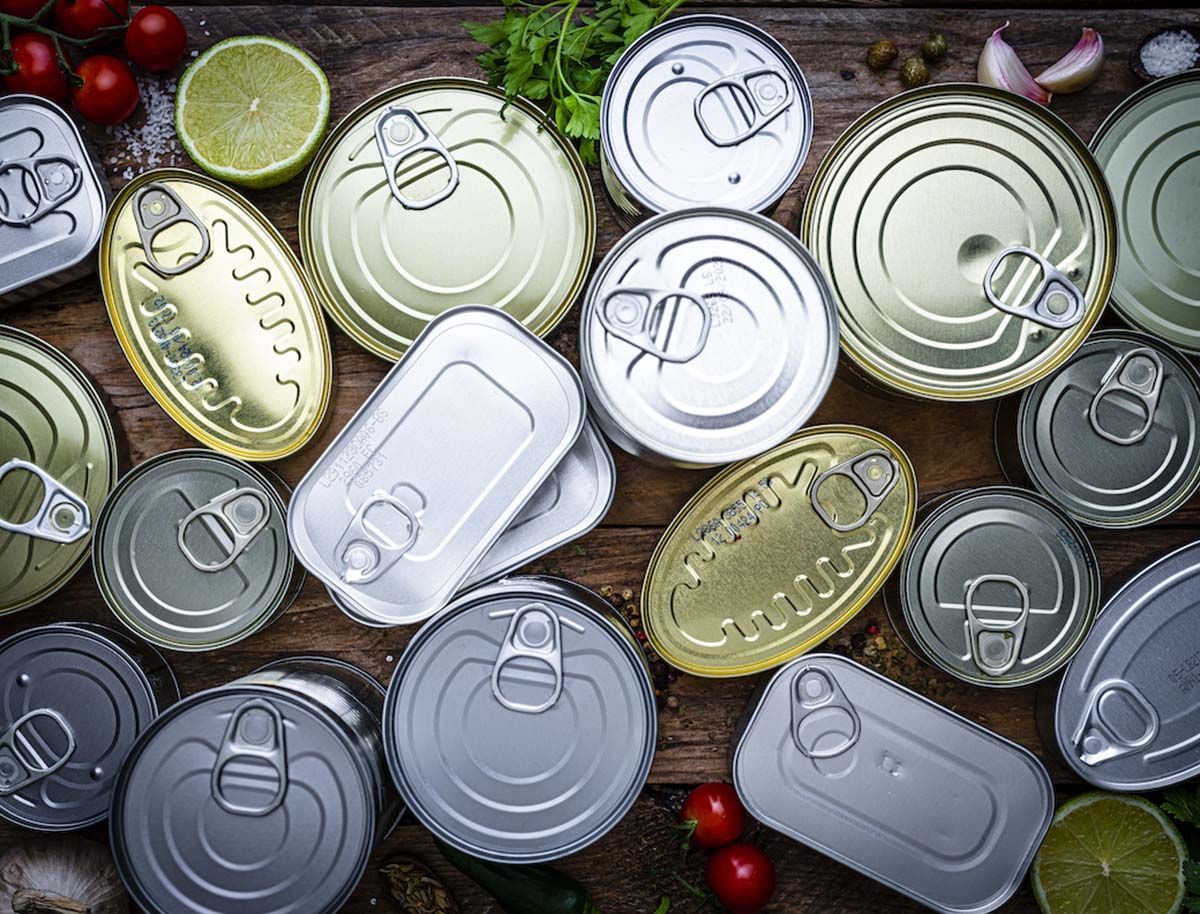
In Australia, the market size of prepared meals in 2023 is $1.5 billion and has an annual growth rate of more than 5.2%, according to RationalStat.
Woolworths already supplies a large range of ready meals under its own private label brands, so it makes sense for them to embrace the benefits of 2D barcode technology.
The biggest reason to use 2D barcodes on ready meals is food safety.
Ready meals are a higher risk product when it comes to product expiry. As consumers are looking for healthier convenient meal options, ready-to-eat meals are including more fresh foods and salads. But this means they tend to have a quick expiry date.
Retailers are looking for ways to reduce food waste and to ensure consumers only buy food when it’s within the expiry date.
That’s where 2D barcodes can help.
When the supermarket wants to check the products and look for a particular batch number, they can scan the 2D barcode with a handheld scanner, which will bring up all the expiry date information, batch information and more, and reference back to their system to ensure the product has not been recalled and is within date.
If they need to reduce the price because of a sale or the product is nearing expiry, the staff member simply scans the code and selects the reason for reducing the price, then prints a new barcode.
This reduces food waste and ensures food safety for consumers.
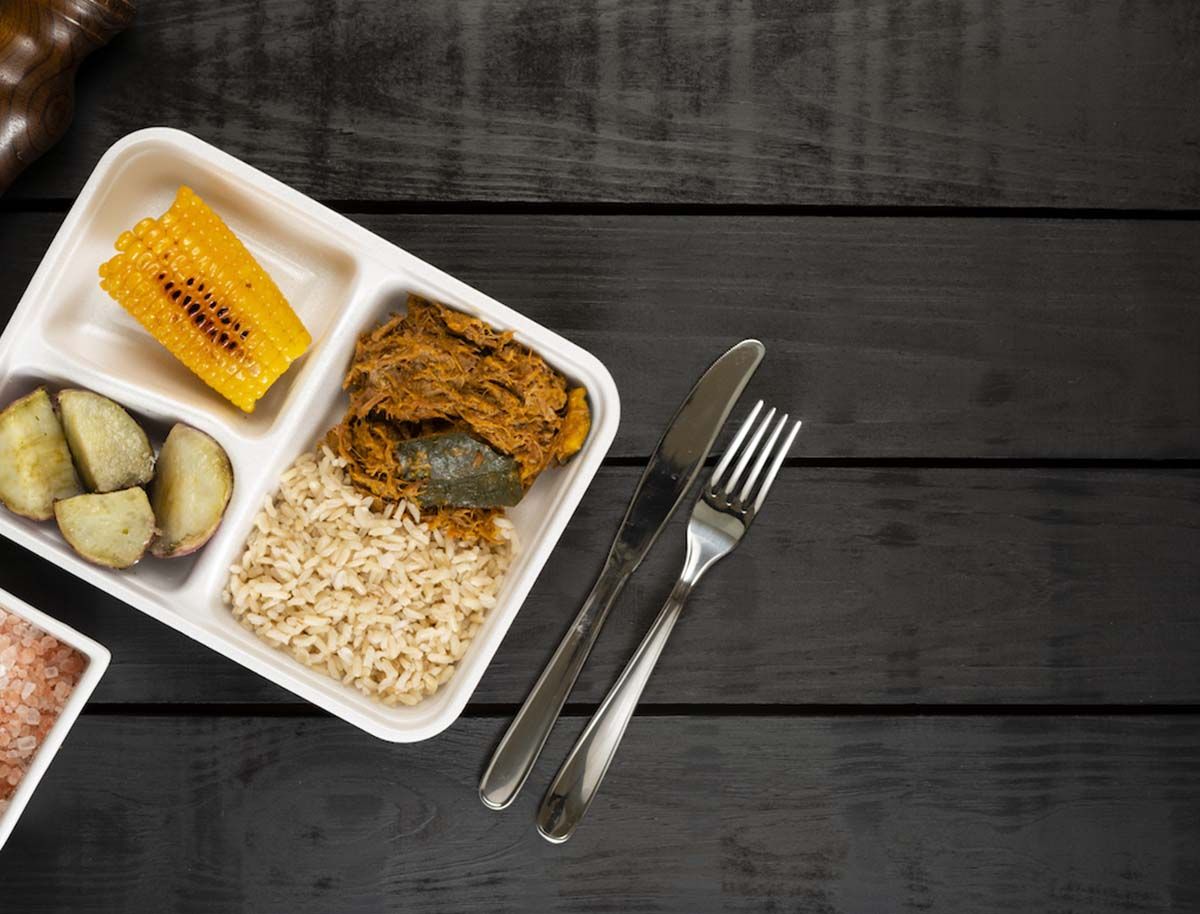
Moving to 2D barcodes doesn’t have to be cumbersome or a huge investment. Follow these steps:
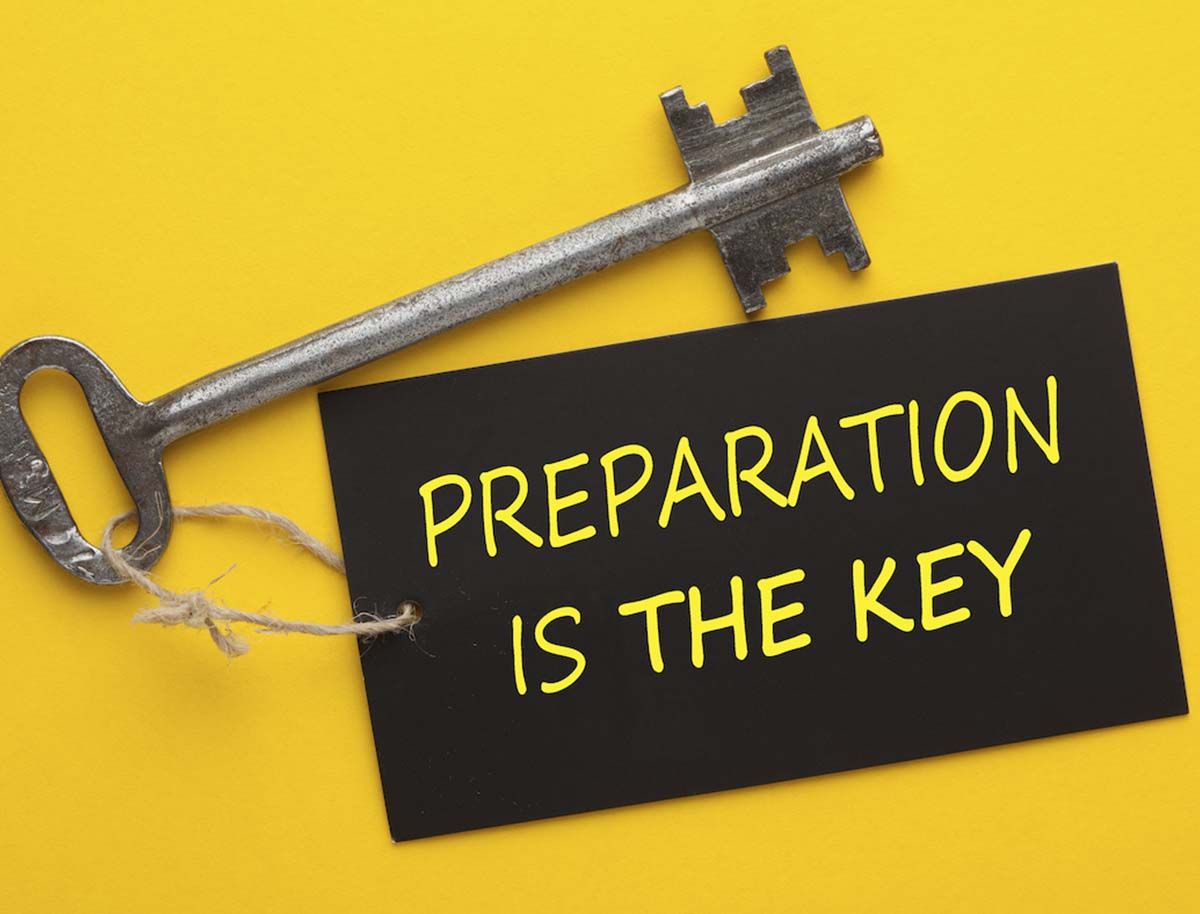
There’s no better time to start moving to 2D barcodes for seafood and ready meal products. 2D barcodes are accelerating across supermarkets, with Woolworths leading the charge. If you want your products to stay attractive for supermarkets to stock, you need to start making the move to 2D barcodes.
Talk to Matthews Australasia for advice on how to integrate 2D coding onto your packaging line to meet Woolworths standards.